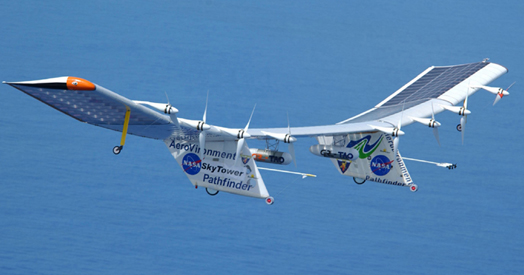Colloquium announcement
Faculty of Engineering Technology
Department Engineering Fluid Dynamics (TFE)
Master programme Mechanical Engineering
As part of his / her master assignment
Koch, T.F. (Thorben)
will hold a speech entitled:
Comparison of constrained optimisation methods for aerostructural design
| Date | 21-03-2024 |
| Time | 13:00 |
| Room | Z108 |
Summary
In a time where the call for sustainable aviation echoes louder than ever, the need for aeroplanes that combine efficiency with a commitment to environmental protection is more crucial than ever. Multidisciplinary Design Optimisation (MDO) addresses the challenge of sustainable aviation by optimising multiple aspects of the aircraft simultaneously, such as the structural and aerodynamic properties. The current challenge of aerostructural optimisations is the structural model’s large amount of structural stress constraints. This Master’s Thesis presents the Augmented Lagrangian function (ALM) as an alternative optimisation approach to overcome the current challenges to constraint-rich aerostructural optimisations. The ALM approach, combined with the adjoint method to compute the derivatives for gradient-based optimisation, demonstrates to be a promising alternative to traditional optimisation techniques such as aggregating the stress constraints. Constraint aggregation reduces the number of stress constraints but makes, in general, a conservative approximation of the feasible design space.
The research focuses on optimising a pseudo satellite called Helios Pathfinder Plus, which is powered by solar panels on the wing and flies at high altitudes. The pseudo satellite is developed by NASA and symbolises sustainable aviation with the goal of a non-stop flight in the air. The aircraft structure is modelled by a finite element model coupled with an aerodynamic model based on a modern adaption of Prandtl's lifting-line theory.
The thesis is divided into structural and aerostructural optimisations. For structural optimisations, we neglect the interaction between the structural and aerodynamic models, which simplifies the optimisations. The ALM approach shows superior optimisation behaviour compared to aggregating and non-aggregating optimisation approaches: the ALM optimisation time is up to two times faster than aggregating approaches and up to ten times faster than non-aggregating approaches in highly discretised structural models. For aerostructural optimisations the ALM proves to be a very robust optimisation approach and outpaces traditional optimisation techniques, paving the way for aircraft that harmonise with our environmental aspirations.
Assessment committee |
chair Signature d.d. |
|
| Prof.dr.ir. C.H. Venner Prof. Rafael Thiago Luiz Ferreira Prof. Ney Rafael Secco Dr. ir. A. van Garrel Dr. ir. G.T. Havinga |
(chair) (chair) (supervisor) (supervisor) (external member) |
|
